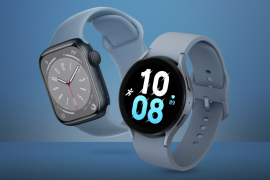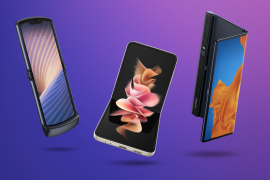The 12 most important phones in Samsung’s history
Chart the journey from featureless to flagship
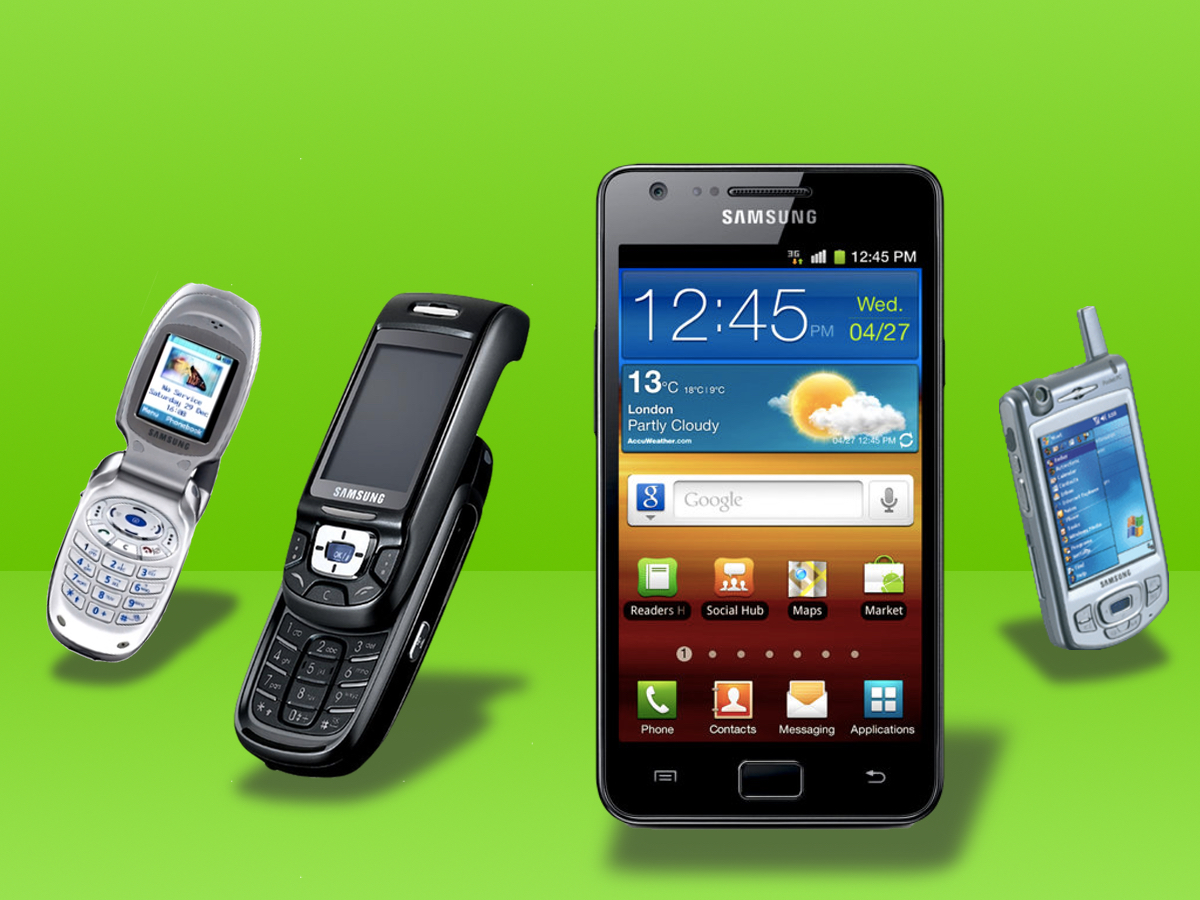
The 12 most important phones in Samsung’s history
Hindsight is a wonderful thing. Trace a history back from the Samsung Galaxy S9 and you’ll find a clear trajectory towards smartphone greatness. Thing is, that’s not how it played out in real time. Instead, Samsung spent decades honing its craft, releasing hundreds of handsets on its journey to flagship fame. Here are 12 of the most important mobiles that made Samsung what it is today.
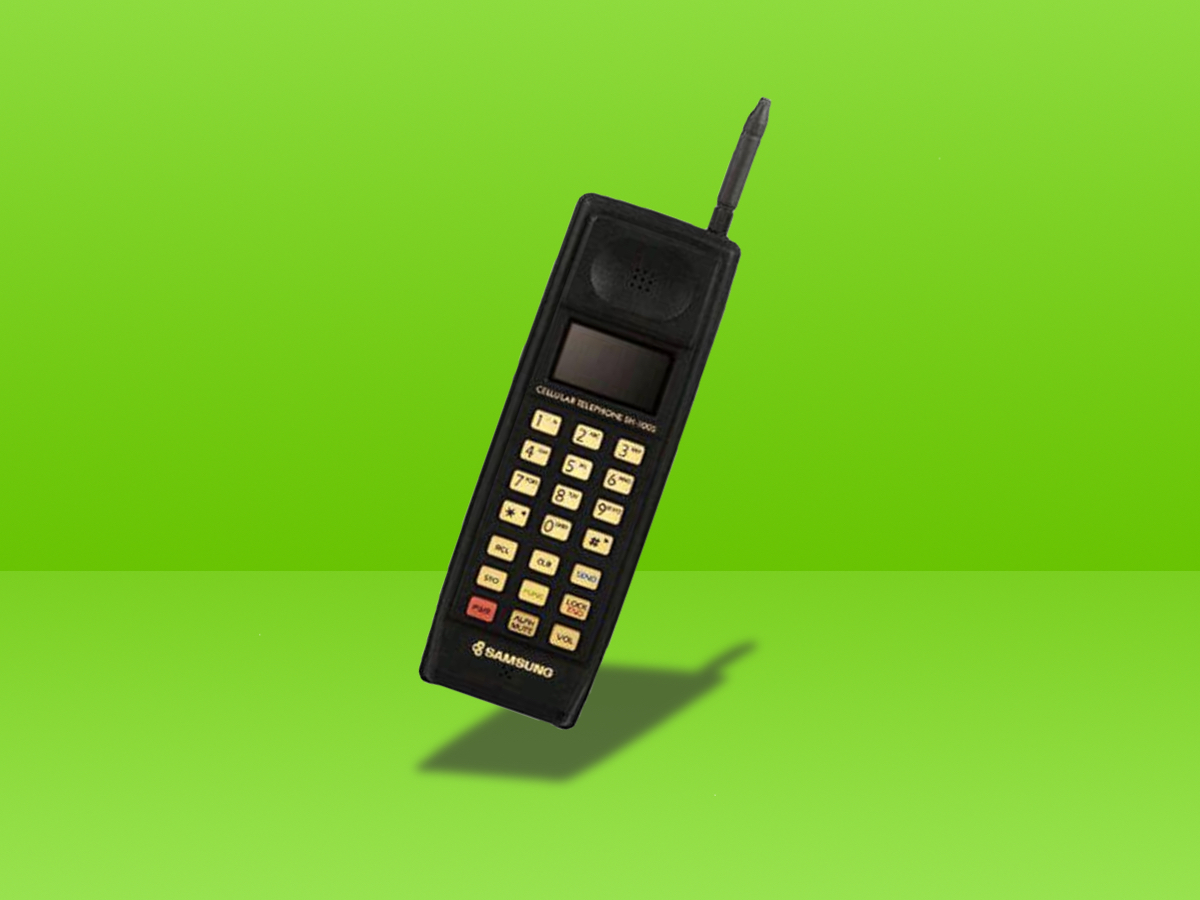
Samsung SC-1000 (1985)
Where better to start than Samsung’s first ever phone? Without the chunky SC-1000, we wouldn’t have the world-beating Galaxy smartphones of today. Not that Samsung knew it at the time, mind, as the company’s first portable blower (designed for in-car use) was beset by quality issues – and even its successor, the truly mobile SH-100, didn’t really sell.
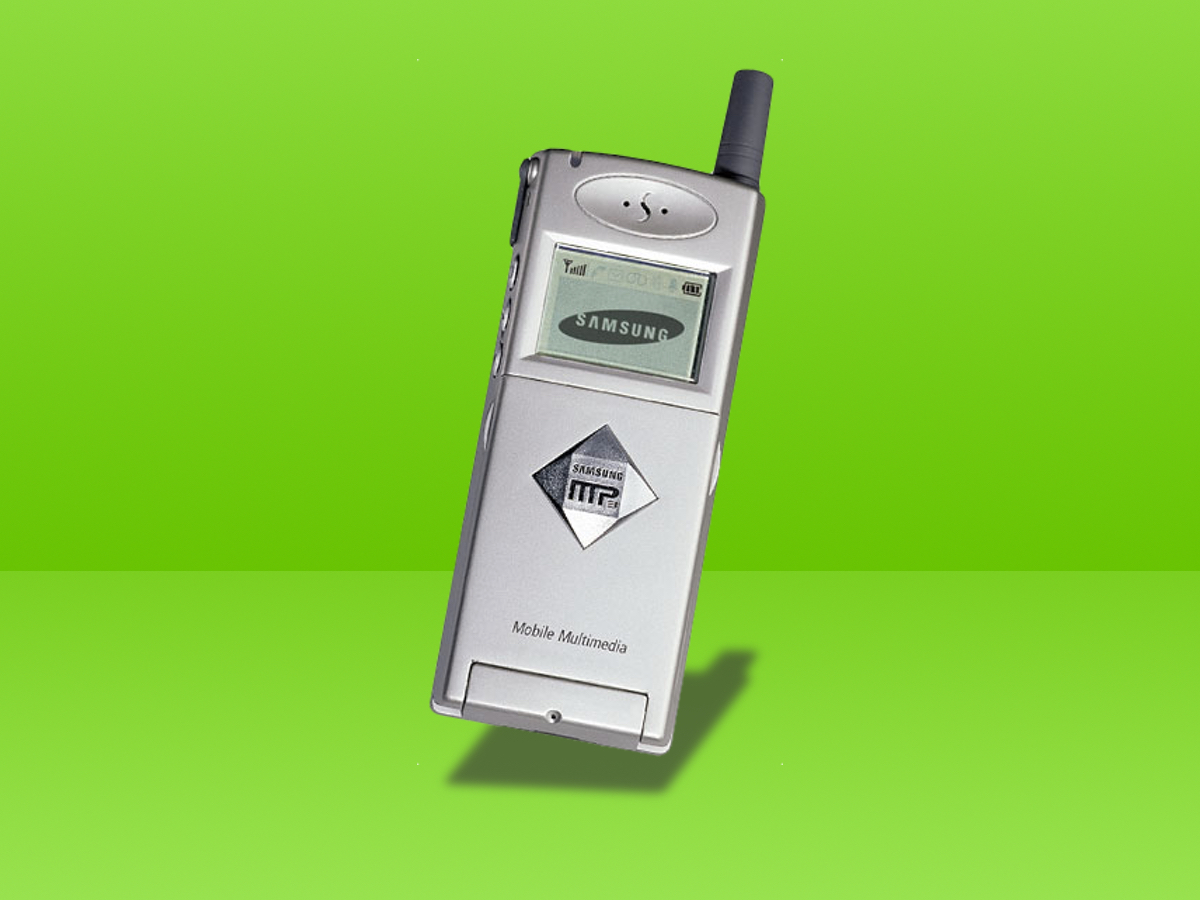
Samsung SPH-M100 (1999)
Back when music streaming was just a glint in silicon valley’s eye, Samsung launched the SPH-M100 – the first phone that was able to play MP3 music files. Despite its modest 64MB capacity and limited battery life, the possibility of loading your favourite tunes (or, perhaps, tune) onto your phone set the mould for the media powerhouses in our pockets today.
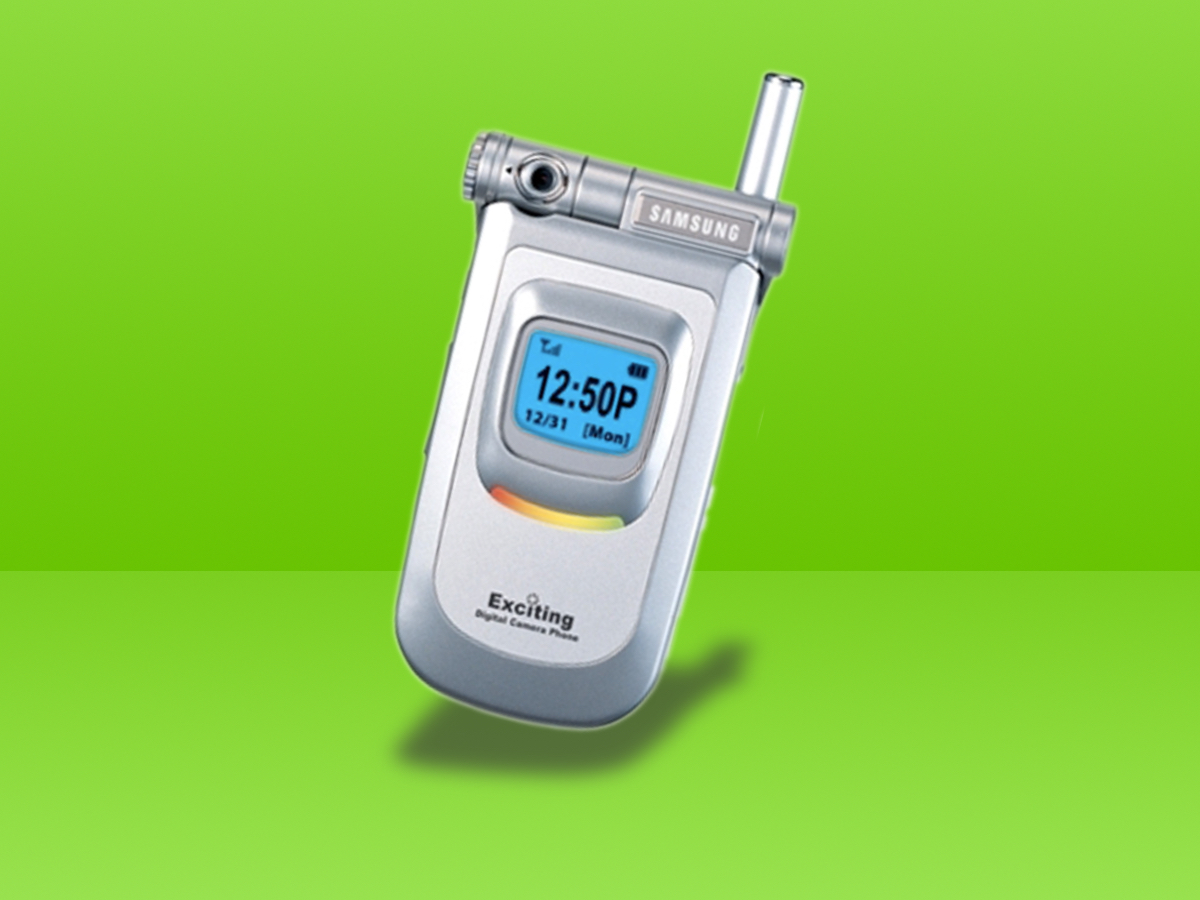
Samsung SCH-V200 (2000)
There’s disagreement over which was truly the first camera phone, but the V200 was certainly Samsung’s first camera-toting effort. Initially launched in Asia then, later, the rest of the world, the V200’s 0.3MP sensor might have been modest – but it did enough to strike a chord with swathes of early selfie-takers, and is the root of the supreme camera tech found today on the Galaxy S9.
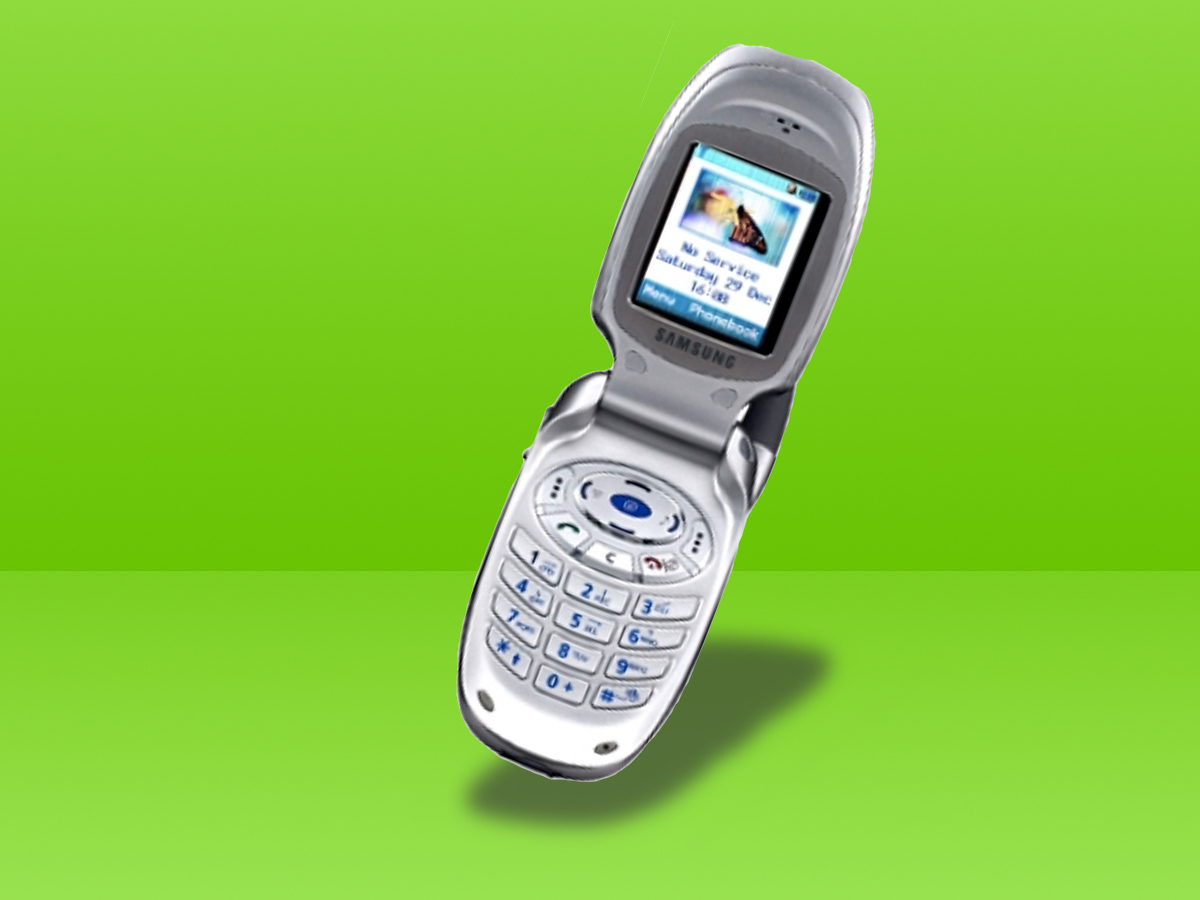
Samsung SGH-T100 (2002)
Think back to mobiles from the early noughties and you’ll likely remember crummy screens with slow response times. That all started to change, though, with the T100 – the first phone ever to use an active matrix LCD display. And, while it was still pretty low resolution, it founded an appetite for better screens and fuelled a perception that phones were more than just communication tools.
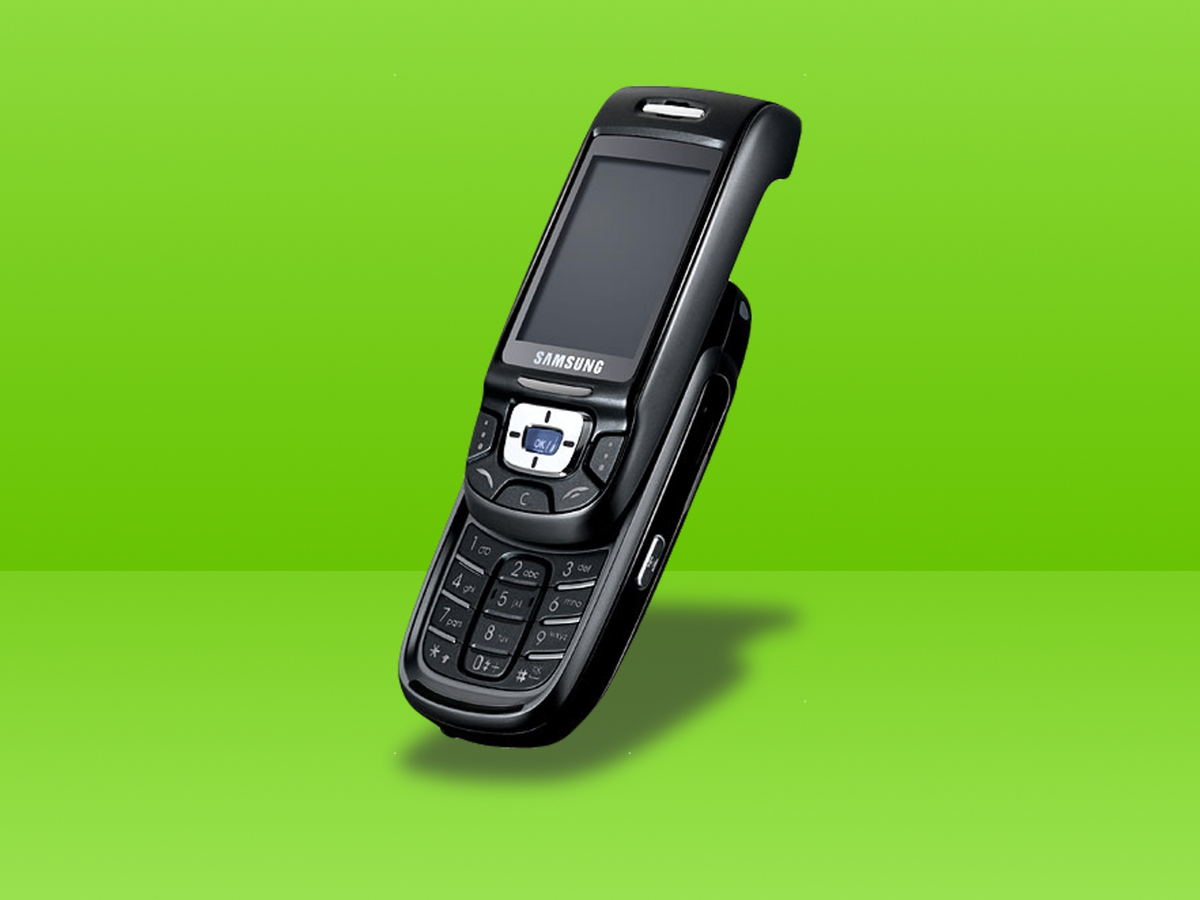
Samsung SGH-D500 (2004)
It’s a universal truth that slider phones were cool. Ending a call by sliding one shut? Very cool. Samsung’s D500 essentially started the trend proper when it launched in 2004 as a replacement for the existing E800. Packing a 1.3MP camera, a decent screen and good buttons, it was seriously popular – selling some 12 million units, and proving to Samsung that setting trends was often the key to success.
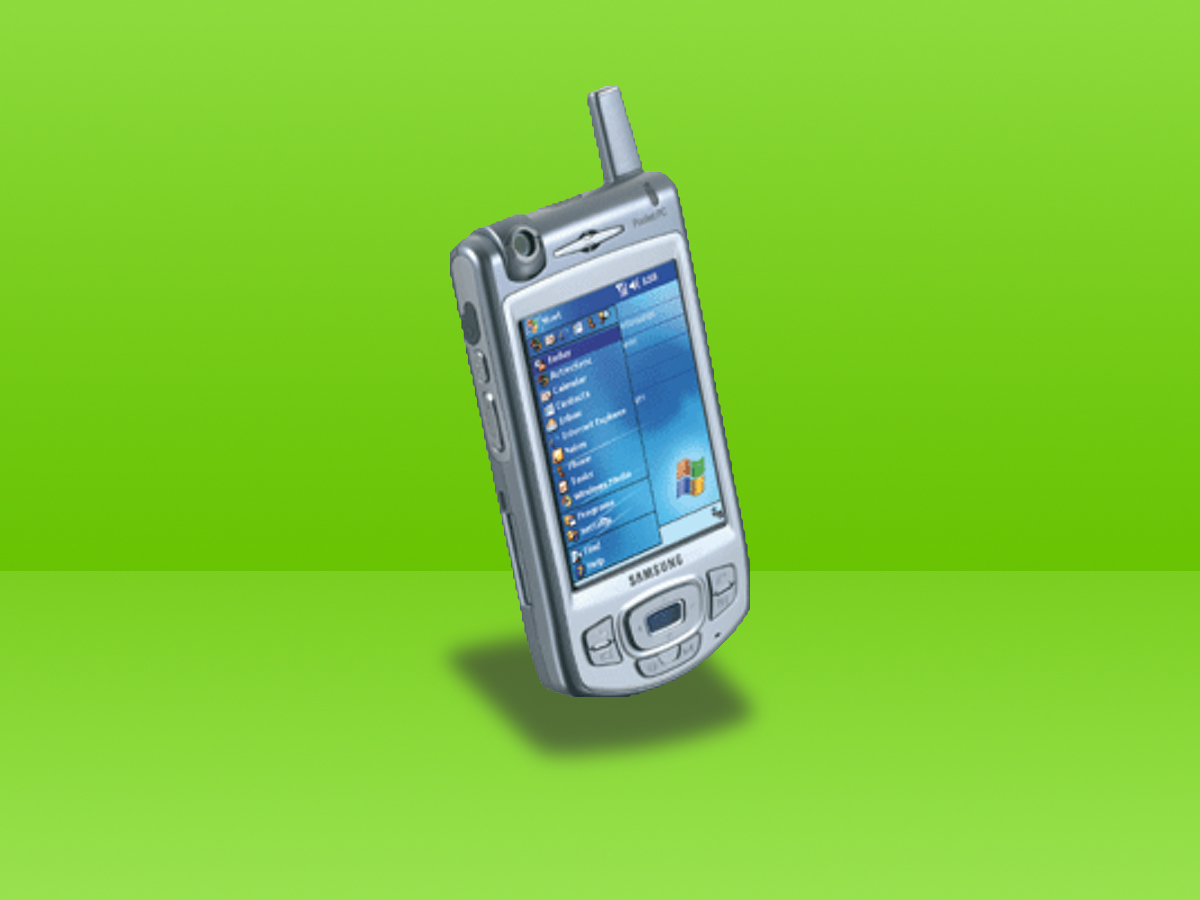
Samsung SGH-i700 (2004)
It might pale in comparison to the all-singing Samsung smartphones of today, but the i700 was one of the company’s best early PDAs. Running on Windows Mobile, it was powerful for the time (with a 300MHz processor) and offered everything from internet browsing to office software. Best used with a stylus, its arguably the forefather of today’s Galaxy Note.
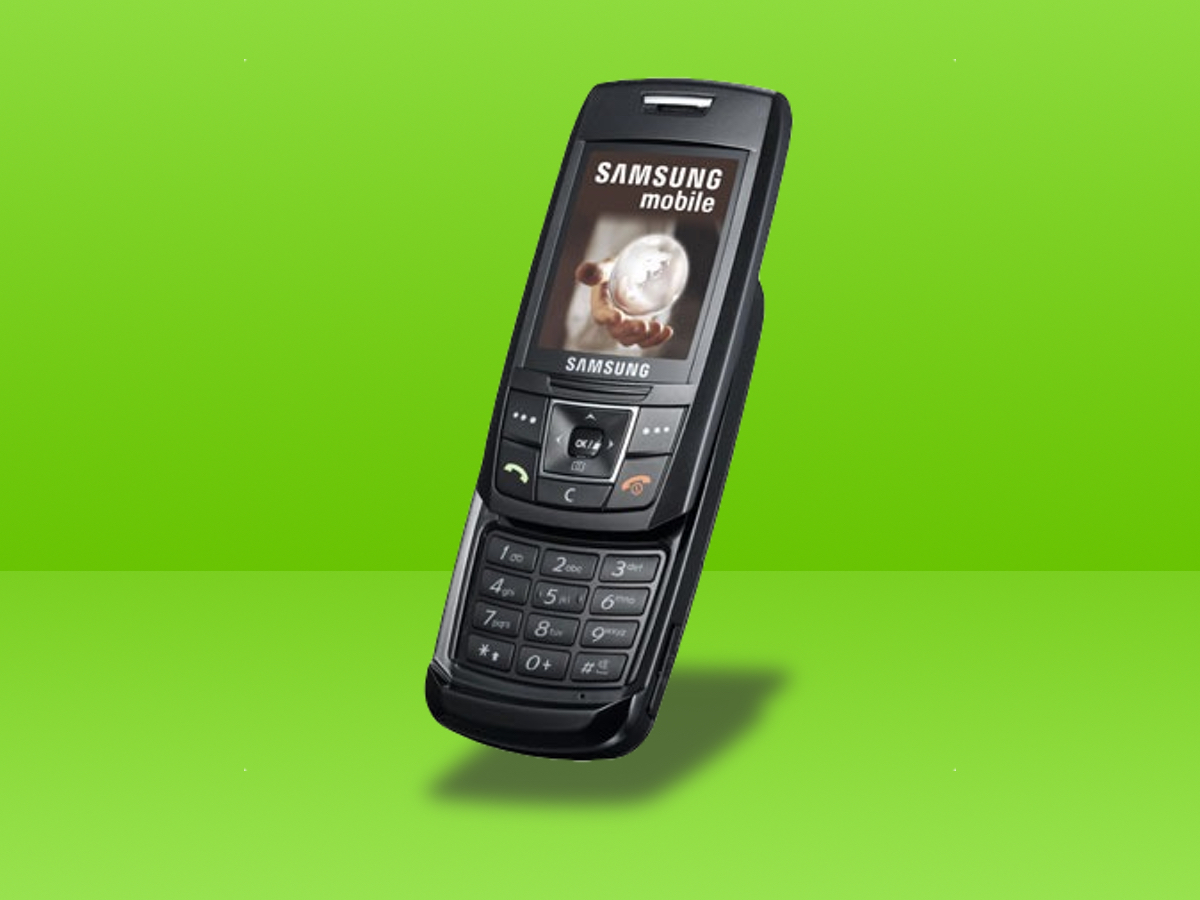
Samsung E250 (2006)
The most important phones aren’t always flagships. Take Samsung’s E250: a cheaper version of the D900, the slimline slider sold some 30 million handsets. Packed with a strong feature set for a mid-price mobile, including the microSD slot now ubiquitous with Samsung phones, the E250 demonstrated that a good price/performance ratio could often out-sell high-end flagships.
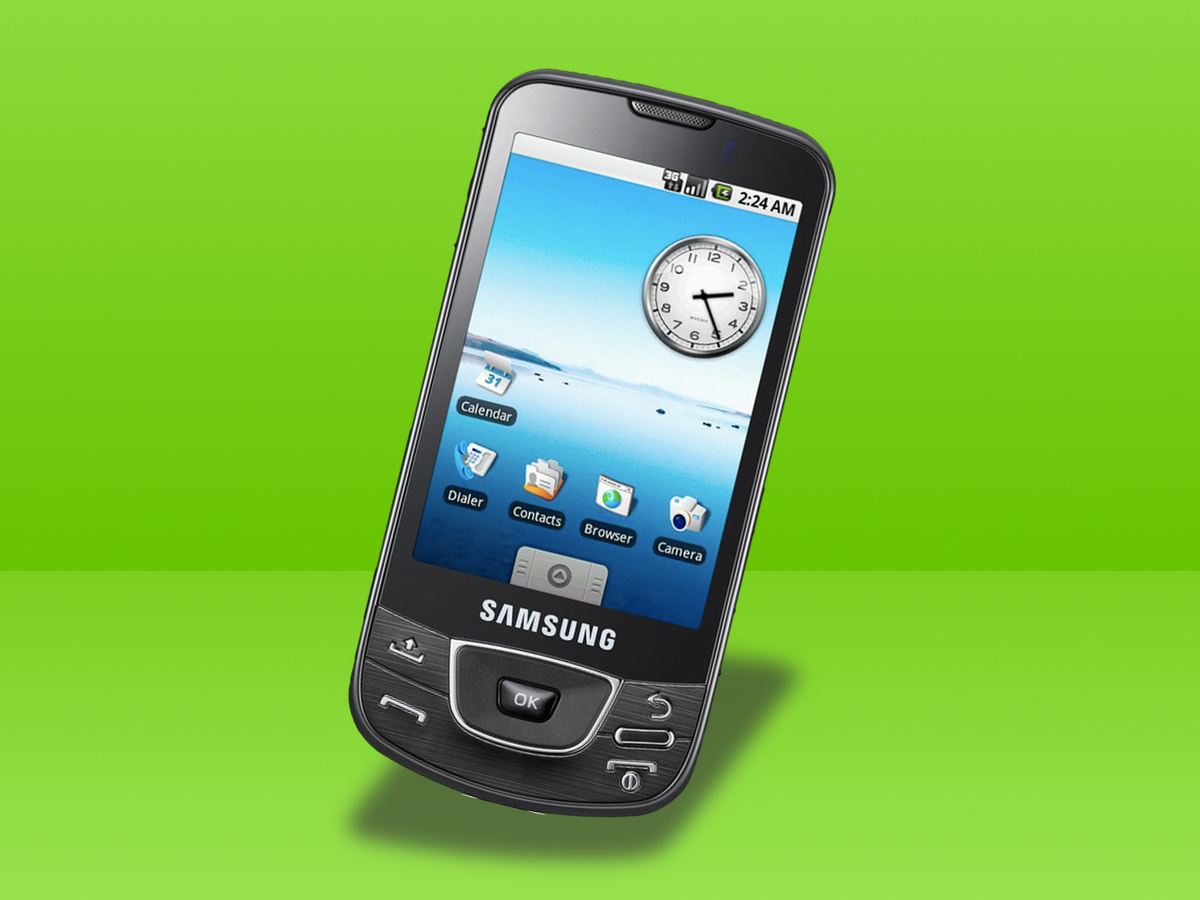
Samsung Galaxy (2009)
Samsung wouldn’t be what it is today without the Android operating system – and that fruitful relationship started back in 2009 with the I7500 (the first Galaxy). Much like today, it carried a host of Google apps – including Gmail, YouTube and Maps. Besides establishing the Galaxy name, it also initiated several stalwart features of the series – including an AMOLED touchscreen display and a highly capable camera.
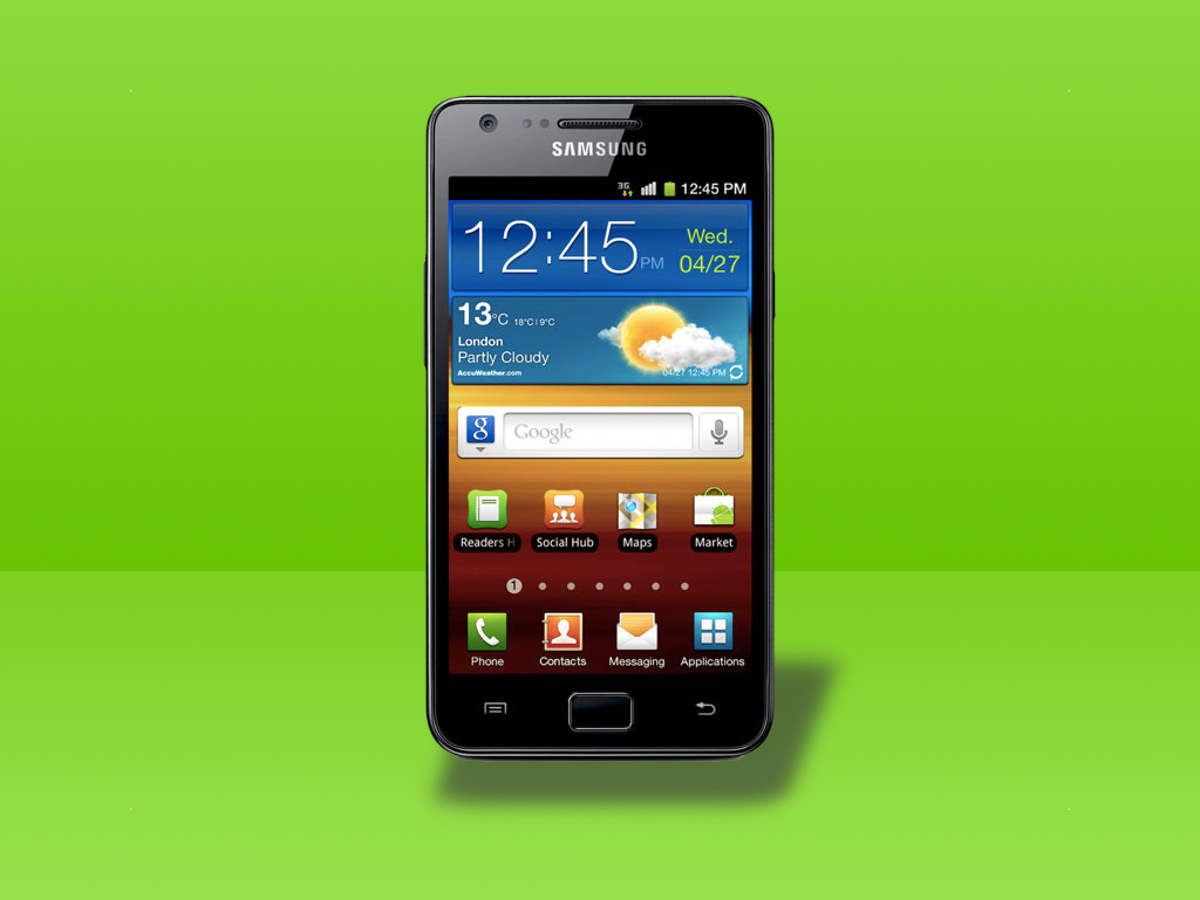
Samsung Galaxy SII (2010)
With Samsung’s smartphone efforts taking off, it was time to speed things up – which is why the Galaxy SII introduced dual core processing. Equipped with a 1.2GHz chip, the SII was seriously snappy for the time, as well as being one the slimmest handsets on the market – despite carrying a 4.3in AMOLED display.
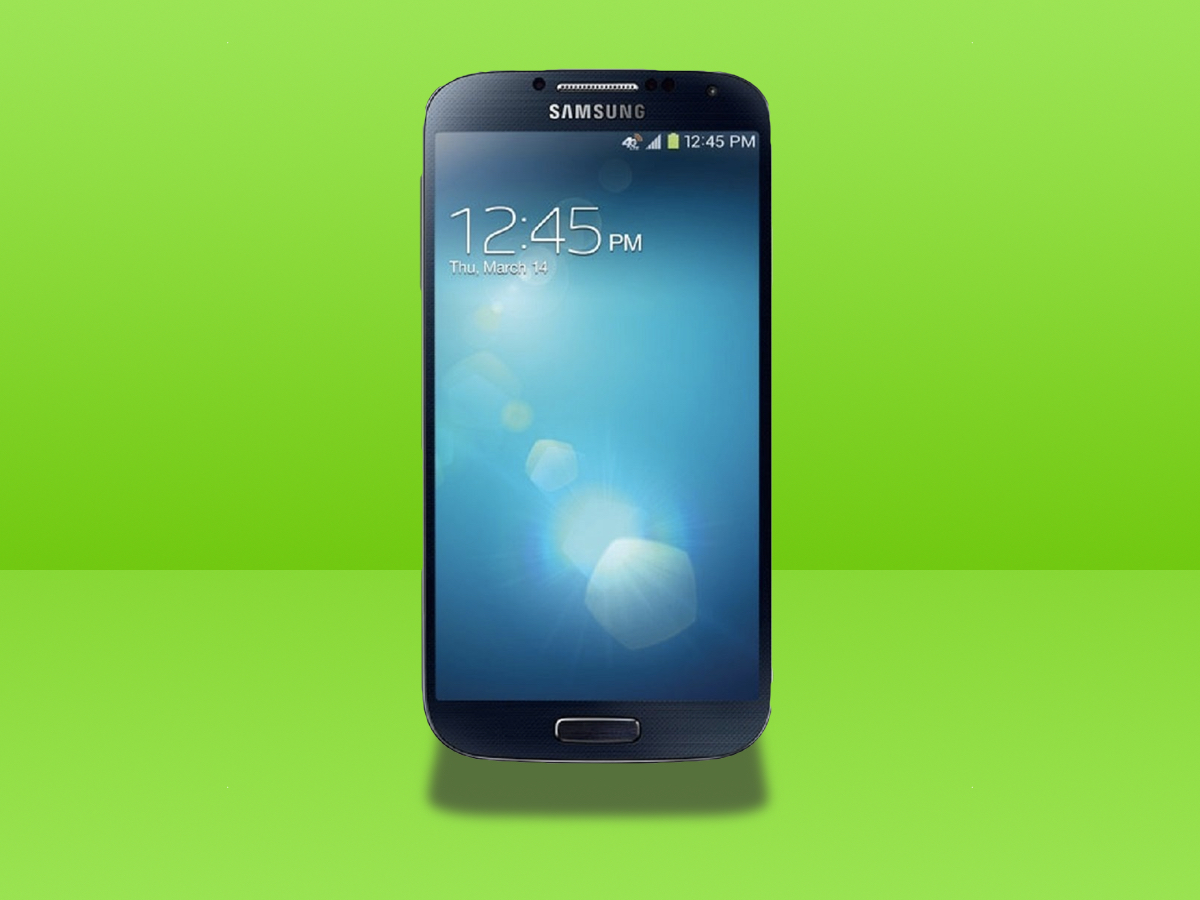
Samsung Galaxy S4 (2013)
Samsung’s Galaxy S4 is notable for several reasons. To this day, it remains the company’s best-selling smartphone – having shifted 80 million handsets in its lifetime. It also upped the hardware stakes again, and offered software to match, with nifty tricks including air gestures and better eye-tracking. At 5 inches, the S4’s AMOLED display also cemented the trend towards phablet flagships.
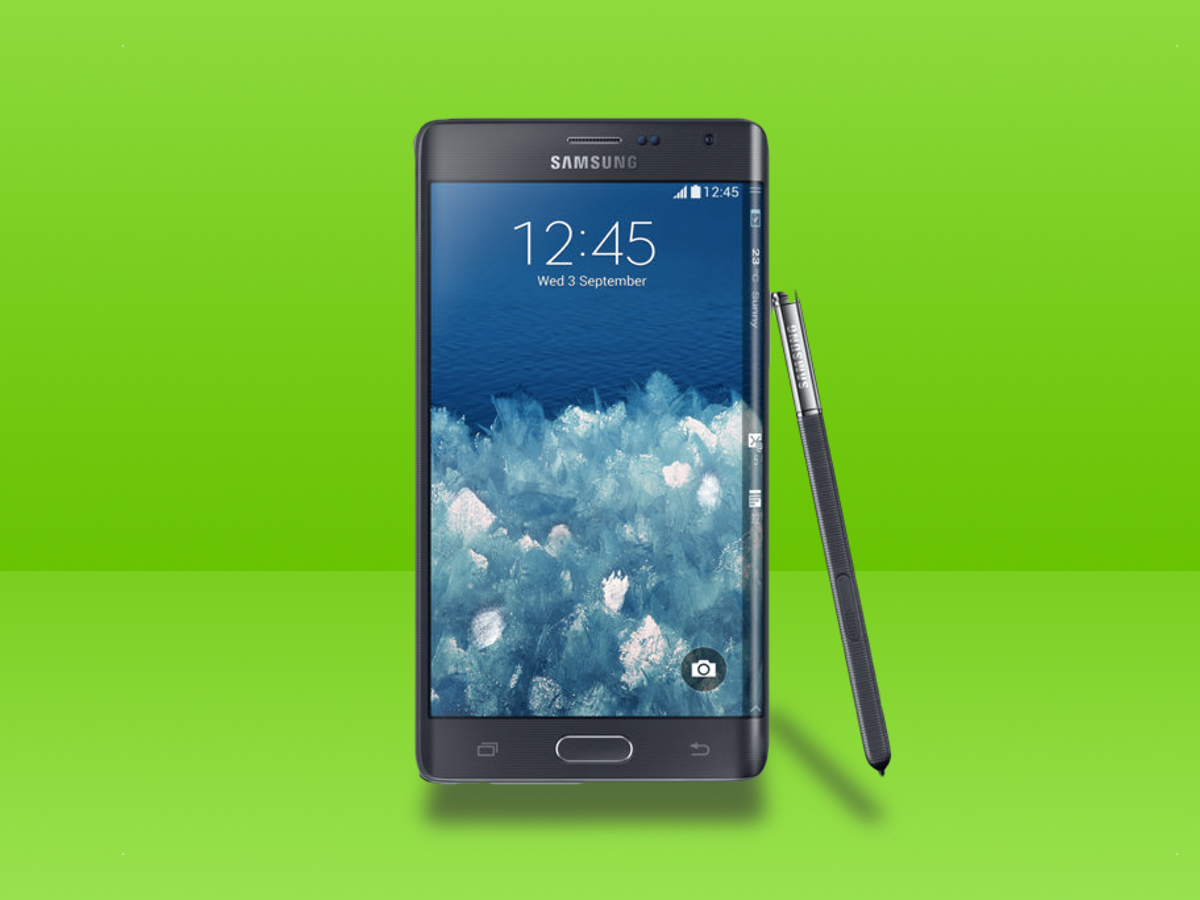
Samsung Galaxy Note Edge (2014)
What do you do when you can’t make screens any bigger? You bend them. Launched in 2014, the Galaxy Note Edge was the first smartphone to feature a curved edge, with the right side of the display wrapping around the side. Used to show shortcuts and notifications, that wraparound element might have been of limited use at launch – but it didn’t take long for the tech to catch on…
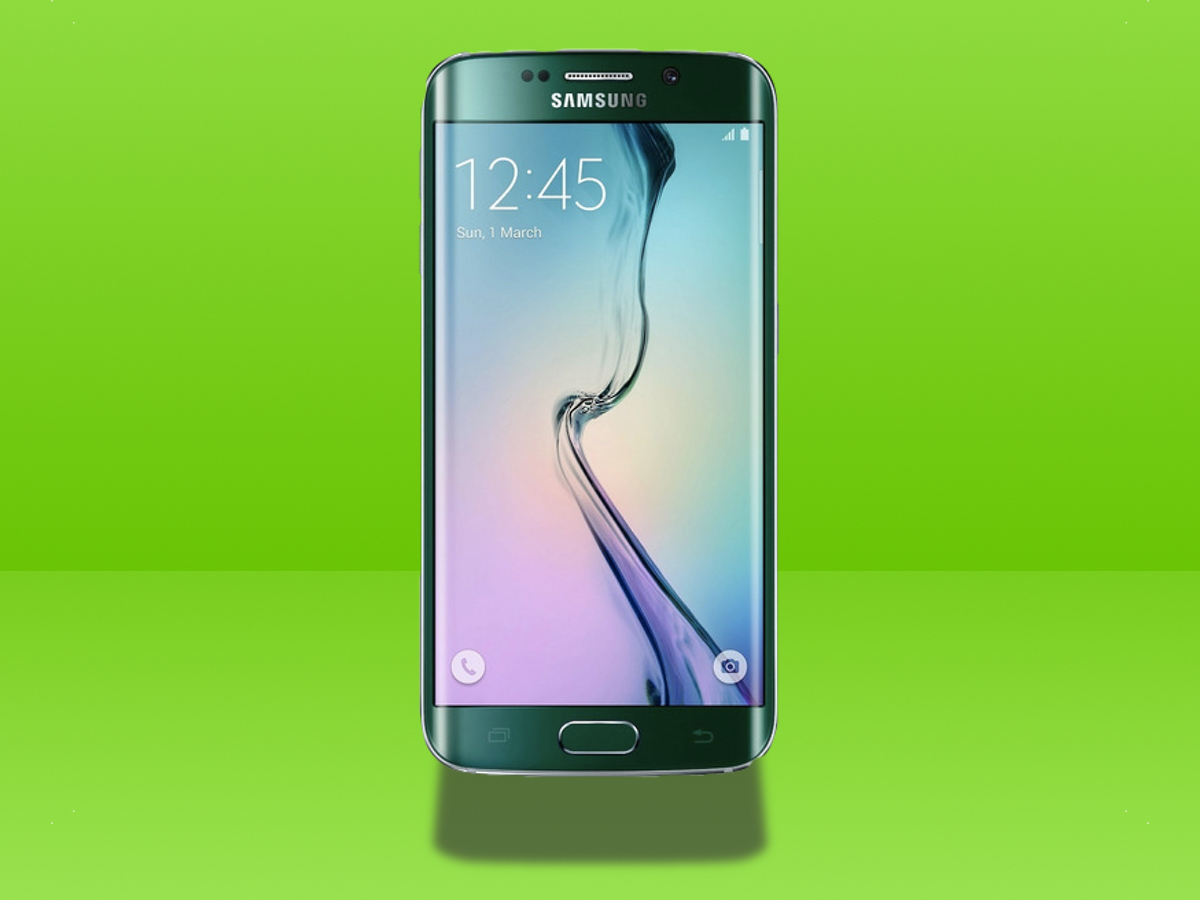
Samsung Galaxy S6 edge+ (2015)
The first Galaxy to go curved on both edges was the S6 edge – but it was the bigger edge+, released later, that made best use of it. Besides the wraparound display, the S6 models represented a step-change in Samsung flagship design – eschewing the plastic build of previous handsets in favour of a metal-and-glass construction that screamed quality. Better cameras, faster processing and improved software set the benchmark for today’s Galaxy smartphones.
